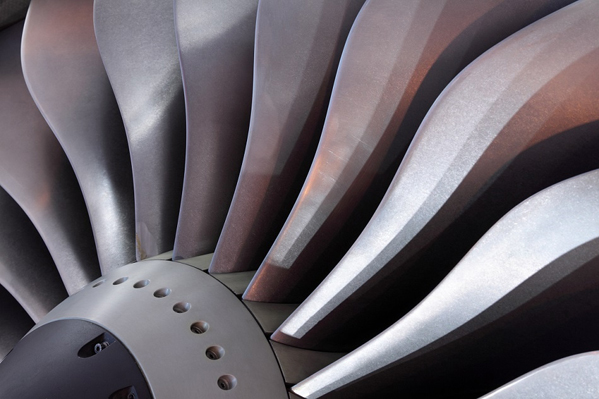
Structural ceramics continue to be intensely popular. As demand continues to grow for materials to be stronger, more durable and lighter, manufacturers must look for new, innovative processes to produce the next generation of ceramics.

Structural ceramics continue to be intensely popular. As demand continues to grow for materials to be stronger, more durable and lighter, manufacturers must look for new, innovative processes to produce the next generation of ceramics. Innovnano is one such manufacturer whose novel emulsion detonation synthesis (EDS) method of ceramic production allows them to produce a new form of yttria-stabilised zirconia which has a remarkably higher toughness.
AZoM spoke to André de Albuquerque, CEO of Innovnano, about recent developments in the ceramics industry, the EDS process and Innovnano's unique approach to the ceramics industry.
Which types of structural ceramics are currently popular?
Structural ceramics have been enjoying strong and consistent growth over the past years, and demand is expected to continue increasing. This increased demand for structural ceramics results both from growth in many different applications as well as the fact that the ceramics market share has been increasing for several products; as they have been replacing plastics and metals in high-performance applications such as medical and dental.
In terms of type of materials, Zirconium Oxide, Aluminium oxide (Al2O3), silicon carbide (SiC), aluminium and silicon nitrides (AlN and Si3N4) and aluminium-zirconium oxide composites (commonly known as ATZ (alumina toughened zirconia) and ZTA (zirconia toughened alumina)) are among the most commonly used.
These ceramics are being used in all sorts of applications from automotive and aeronautics, to use by the defense industry. Ceramics also are used frequntly in industry as components in refractories or as abrasives.
In addition to this, scientific literarure is showing that materials such as ceramic metal composites (cermets) are starting to present strong solutions for structural ceramics applications, which means that in the near future they will start to have their own market position.
How do Innovnano’s 2YSZ ceramics improve on 3YSZ ceramics?
In general, a lower amount of yttria in the composite means a greater susceptibility to the induction of tetragonal-monoclinic transformation and thus an increase in fracture toughness. However, usually, a reduction of yttria results in other properties being affected such as the flexure strength and ageing resistance.
Innovnano 2YSZ offers the possibility of having the benefits of reduction in Yttria (namely a significant increase in fracture toughness) without compromising other properties of a regular 3YSZ. As such, 2Y offers a similar flexural strength as the benchmark 3Y with 2.5 times the toughness and 50% more resistance to cyclic fatigue.
What are the structural and molecular differences between 2YSZ and 3YSZ? What properties do the yttria and zirconia provide?
It is well known that the role of Yttria in YSZ is as stabilizer to maintain the tetragonal phase, which is responsible for the high mechanical performance. Therefore, from a structural point of view, both 3 and 2YSZ are tetragonal Zirconias.
The key aspect is that Innovnano unique synthesis process presents the ability to stabilize zirconia in tetragonal phase using a reduced amount of yttria, producing the outstanding fracture toughness level.